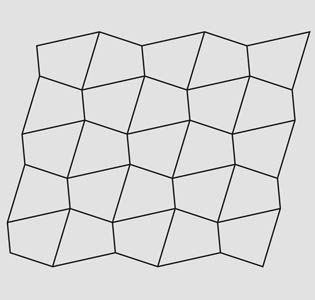
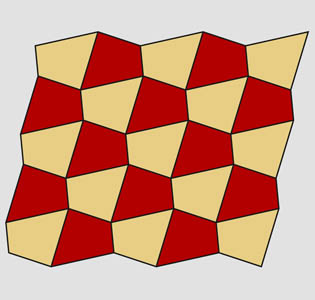
Figure 34: Quadrangular tiling pattern (3).
Figure 35: Paper elements for the elevation model.
Figure 36ab: Model of the elevation. Single weave front and back.
Figure 36cd: Model of the elevation. Double weave front and back.
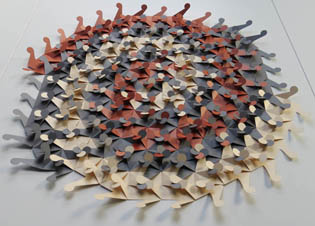
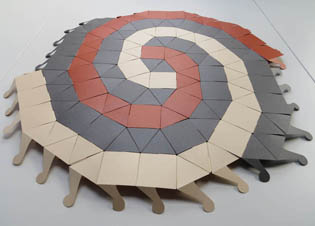
Figure 37: Elevation of a spiraling tiling pattern.
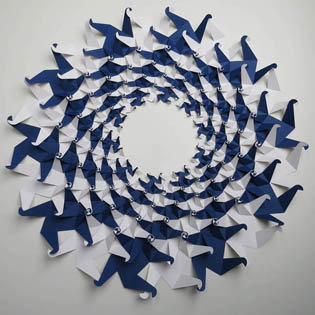
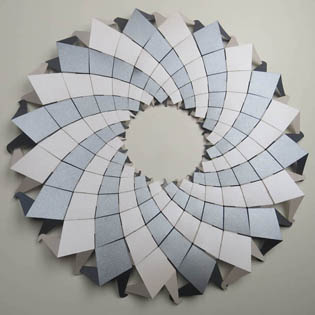
Figure 37: Elevation of an logarithmic Spiral tiling pattern.
References
[1] Luca Pacioli, La Divina Proportione, Edicione Akal, Madrid, 1991 (first published in 1509).
[2] Rinus Roelofs, Elevations and Stellations, Bridges Proceedings, Seoul, 2014.
[3] Luca Pacioli, Divina Proportione: Die Lehre Vom Goldenen Schnitt, 1509, Ed. Carl Graeser, Wien, 1896.
[4] B. Grünbaum – G.C. Shephard, Tilings and Patterns, W.H. Freeman and Company, New York, 1987.